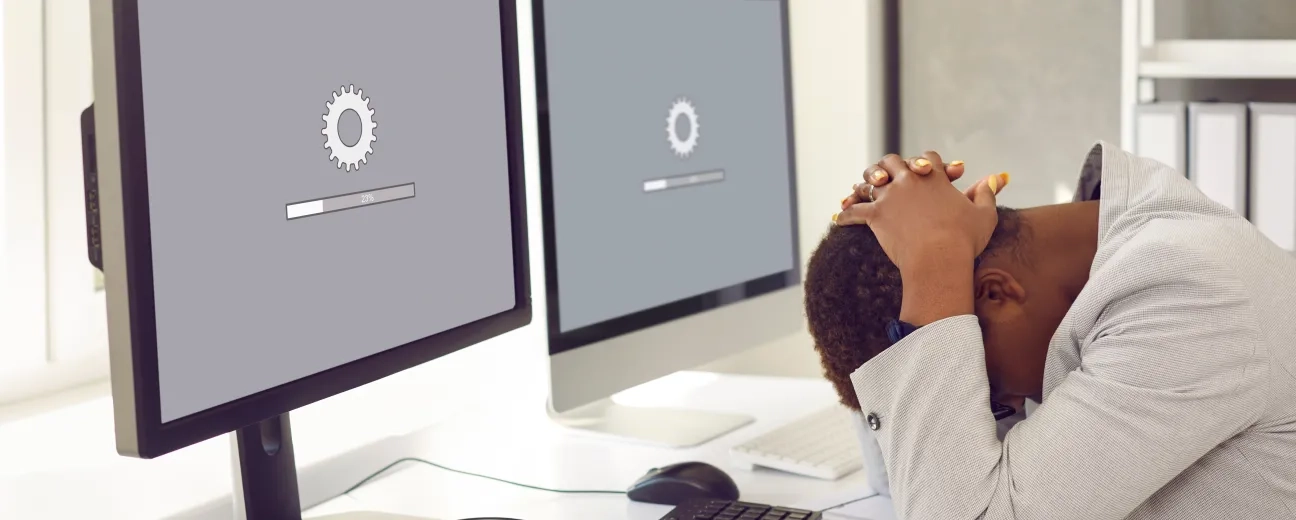
We’re excited to hear your project.
Let’s collaborate!

Website loading speed is closely related to user experience, and for good reasons – time is also more valuable than ever. Why would anyone want to waste time on a slow loading website when they can just jump ships and go to a different website? Users generally want a site that loads in 2 seconds max and a mobile website that loads in 3 seconds max, any longer than that and they will jump ships. Designers are taking more and more steps in order to ensure faster loading time but how can you create a fast loading website without removing any of its flashy features? Here are four tips on designing a website without any loading issues.
Fewer elements means less loading times and ultimately better user experience on your website. It’s a good idea to integrate a minimalistic design to your project thus making it easier and more pleasurable to use. If you’re building a website from scratch it’s a good idea to use smart design from the get-go, as it will save you a lot of time and effort in the future. It’s actually easier to build a fast website from scratch than modifying a website to become faster. Minimalistic features which reduce loading time include but are not limited to: • Using just one type of font on your website • Smaller or optimized images • Shorter web forms • More negative space • Use of hamburger menus instead of navigation bars Probably the best example of minimalism design work is Wikipedia. No wonder it’s so popular! Most searches on Wikipedia take under a second to complete and present results.
The idea behind this is that you don’t necessarily need to build an extremely fast website; you just need to create a website that’s perceived to be fast in order to keep your users happy. If you are trying to optimize a website’s loading time, you don’t need to implement complex tech solutions in order to do it – you can just change the design in order to make the interface seem faster to the end-user.
One of Google’s missions is to make the Internet faster – and your website is a part of that! As such, Google offers ample support to developers in building faster websites. You can go and check Google Devs’ „Make the Web Faster” page. This page will be the backbone of your optimization efforts as you can get multiple tools and tricks to help you on your way. One interesting tool and my personal favourite is the Page Speed Insights – here you can actually see what’s making your site slower than the competition and how to fix it. Detail reports, recommendations, tips & tricks – it’s all there. Simply put your URL into the required field and you’ll get a list of things to fix in order to improve your website speed as well as user experience. The more issues you fix, the faster and better your website will be! Simple enough? Let’s move on.
Lazy loading means that your website’s objects are not rendered until it’s necessary to render them. Basically, objects will begin to load when users are on that specific part of the page. By using this technique your website will require fewer resources to function properly, thus making it much faster than a regular website which loads all objects at once. This technique is a must for long scrolling pages but it also works for regular pages as well.
By implementing all these tips and techniques you can ensure a fully functional website with a great user experience to boot.

We’re excited to hear your project.
Let’s collaborate!